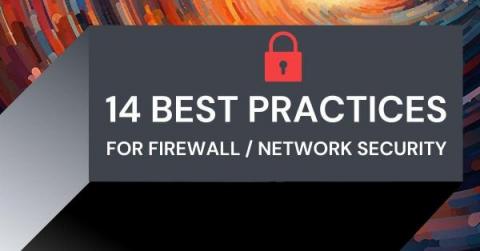Using the Lookup Command for Threat Hunting (Lookup Before You Go-Go)
A wise person once said that you should use the lookup command before you go threat hunting. Or, as I hear it in my head, “Look it up before you go-go…hunting”, a la WHAM!: In this must-read tutorial for hunting in Splunk, we’re looking at the lookup command, including what it does and how and where to use it for threat hunting. Let’s get started! (This article is part of our Threat Hunting with Splunk series. We’ve updated it recently to maximize your value.)











